Twynsta (telmisartan amlodipine)
$195.00 – $370.00
Fast, free delivery from Contribution Rx.
Table of Contents
ToggleAbout Twynsta
Twynsta is a medicine that contains two active substances, telmisartan and amlodipine. It is available as tablets (40 mg telmisartan/10 mg amlodipine, 40 mg telmisartan/5 mg amlodipine, 80 mg telmisartan/10 mg amlodipine and 80 mg telmisartan/5 mg amlodipine).
What is Twynsta used for?
Twynsta is used to treat essential hypertension (high blood pressure) in adults (aged 18 years or over). ‘Essential’ means that the hypertension has no obvious cause.
Twynsta is used in patients whose blood pressure is not adequately controlled by amlodipine alone. Twynsta can also be used in place of treatment with telmisartan and amlodipine in patients who are taking both medicines as separate tablets.
The medicine can only be obtained with a prescription.
How is Twynsta used?
Twynsta is taken by mouth as one tablet once a day and is used for long-term treatment. The maximum dose is one tablet of the highest strength (80/10 mg) once a day.
For a patient whose blood pressure is not adequately controlled by amlodipine, separate tablets of amlodipine and telmisartan should be used to adjust the doses before switching to Twynsta. When appropriate, direct switch to Twynsta may be considered.
For a patient who has been taking telmisartan and amlodipine as separate tablets, the dose of Twynsta to be taken depends on the doses of telmisartan and amlodipine that he or she was taking before.
How does Twynsta work?
Twynsta contains two active substances, telmisartan and amlodipine. Both are medicines to lower the blood pressure that have been available in the European Union (EU) since the 1990s. They work in similar ways to reduce blood pressure by allowing the blood vessels to relax. By lowering the blood pressure, the risks associated with high blood pressure, such as having a stroke, are reduced.
Telmisartan is an ‘angiotensin II receptor antagonist’, which means that it blocks the action of a hormone in the body called angiotensin II. Angiotensin II is a powerful vasoconstrictor (a substance that narrows blood vessels). By blocking the receptors to which angiotensin II normally attaches, Telmisartan stops the hormone having an effect, allowing the blood vessels to widen.
Amlodipine is a calcium channel blocker. It blocks special channels on the surface of cells called calcium channels, through which calcium ions normally enter the cells. When calcium ions enter the cells in the muscles of blood vessel walls, this causes contraction. By reducing the flow of calcium into the cells, amlodipine prevents the cells from contracting and this helps the blood vessels to relax.
How has Twynsta been studied?
Because telmisartan and amlodipine have been used for many years, the company presented information from scientific literature as well as results from new studies that the company had carried out.
In one main study, 1,461 adults with hypertension were treated with combinations of telmisartan and amlodipine, with telmisartan or amlodipine alone, or with placebo (a dummy treatment). In two other main studies, 1,978 adults whose hypertension had not responded adequately to amlodipine were either given telmisartan amlodipine or continued to take amlodipine at the same or a higher dose. The main measure of effectiveness in the three studies was the fall in diastolic blood pressure (blood pressure measured between two heartbeats) after eight weeks.
Studies were also carried to show that Twynsta tablets are absorbed in the same way in the body as separate tablets of amlodipine and telmisartan.
What is the risk associated with Twynsta?
The most common side effects with Twynsta (seen in up to 1 patient in 10) are dizziness and peripheral oedema (swelling, especially of the ankles and feet). For the full list of all side effects reported with Twynsta, see the package leaflet.
Twynsta must not be used in people who may be hypersensitive (allergic) to telmisartan, amlodipine, other medicines in the ‘dihydropyridine derivatives’ class or to any of the other ingredients. It must not be used in women who are more than three months pregnant. Twynsta must not be used in patients who have severe liver or bile problems, shock (a steep fall in blood pressure), obstruction to blood flow from the left side of their heart or in patients with heart failure after having a myocardial infarction (heart attack). Twynsta must also not be used in combination with aliskiren-containing medicines (also used to treat essential hypertension) in patients with type 2 diabetes or in patients with moderate or severe kidney impairment.
| Quantity | 100 Tabs, 200 Tabs, 300 tabs |
|---|
Be the first to review “Twynsta (telmisartan amlodipine)” Cancel reply
Related products
Uncategorized
Uncategorized
Uncategorized
Uncategorized
Uncategorized
Uncategorized
Uncategorized
Uncategorized





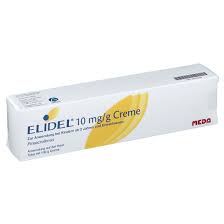
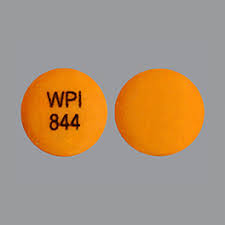


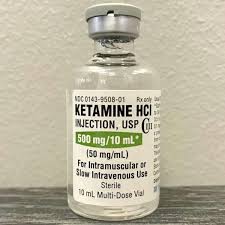
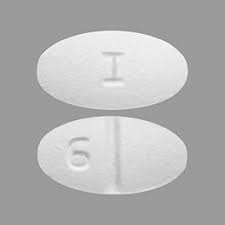

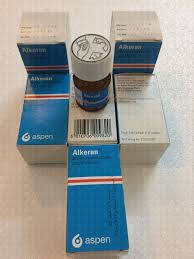
Reviews
There are no reviews yet.